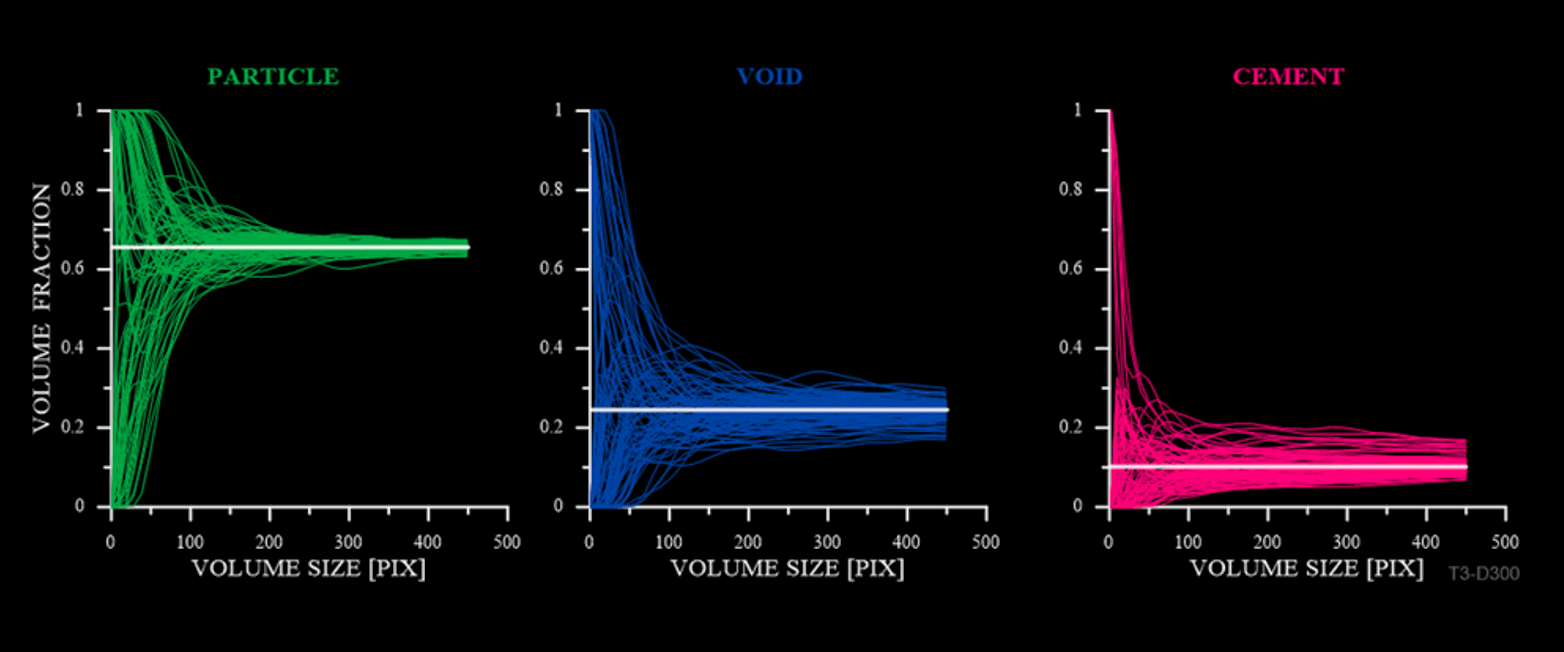Assessment of statistical homogeneity in chemically treated granular materials

This study uses statistical methods to examine the homogeneity of a chemically treated granular soil. Reactive solutions have been injected to promote mineral precipitation, thus generating solid deposits bridging the grains and occluding the pores. The analyses show that precipitation causes a rapid deterioration of the homogeneity. Such phenomenon was inspected by quantifying a statistical metric of homogeneity, as well as by mapping the spatial distribution of the degree of pore clogging. The results show that the loss of homogeneity was caused by localised precipitation at the inlet as well as by an asymmetric growth of mineral deposits along the transversal direction. On the one hand, these findings imply that a representative elementary volume cannot be rigorously defined. On the other, they stress the importance of chemical feedbacks on the microstructure of soils and suggest the need of stricter criteria to determine the minimum size of chemically treated specimens for laboratory testing.
Download from researchgate.net or icevirtuallibrary.com